Home>Furniture & Design>Outdoor Furniture>When Is The Best Time To Repot Outdoor Plants
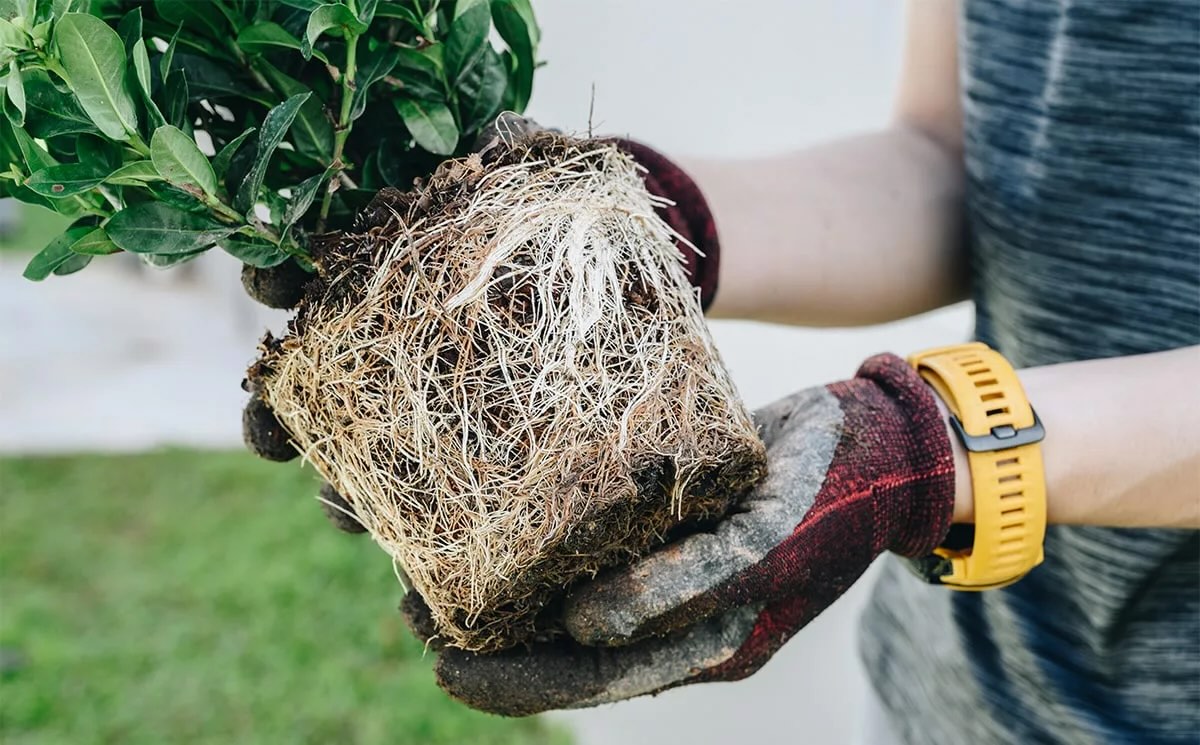

Outdoor Furniture
When Is The Best Time To Repot Outdoor Plants
Modified: August 17, 2024
Learn the best time to repot outdoor plants and keep your outdoor furniture thriving with expert tips and advice. Discover the ideal timing for repotting outdoor plants.
(Many of the links in this article redirect to a specific reviewed product. Your purchase of these products through affiliate links helps to generate commission for Storables.com, at no extra cost. Learn more)
Introduction
Repotting outdoor plants is an essential aspect of gardening that can significantly impact the health and vitality of your green companions. Whether you’re a seasoned gardener or just starting to explore the wonders of plant care, understanding the best time to repot outdoor plants is crucial for their well-being. In this comprehensive guide, we’ll delve into the factors to consider before repotting, explore the optimal timing for this task, and provide valuable insights on how to repot outdoor plants effectively.
As a devoted plant enthusiast, you want to ensure that your outdoor plants thrive in their environment, and repotting plays a pivotal role in supporting their growth. By gaining a deeper understanding of the repotting process and the ideal timing for this endeavor, you can nurture your plants to flourish and enhance the aesthetic appeal of your outdoor space.
Join us as we embark on a journey through the intricacies of repotting outdoor plants, discovering the opportune moments to engage in this activity and mastering the art of providing your beloved green companions with the care they deserve.
Key Takeaways:
- Timing is crucial for repotting outdoor plants. Spring, early summer, and early fall are ideal seasons. Consider plant health and growth stage for successful repotting.
- Repot outdoor plants with care. Choose the right container, inspect roots, and provide proper care post-repotting. Each successful repotting nurtures a thriving garden.
Read more: When Is The Best Time To Plant Landscaping
Factors to Consider Before Repotting
Before delving into the ideal timing for repotting outdoor plants, it’s crucial to consider several factors that can influence the success of this horticultural endeavor. By carefully evaluating these elements, you can ensure that the repotting process aligns harmoniously with the needs of your plants, setting the stage for optimal growth and vitality.
- Plant Health: Assess the overall health of your outdoor plants before initiating the repotting process. Look for signs of distress, such as wilting leaves, stunted growth, or root-bound conditions. Healthy plants are better equipped to withstand the transition associated with repotting.
- Growth Stage: Consider the growth stage of your plants, as this can influence the urgency of repotting. Young plants may require repotting more frequently to accommodate their expanding root systems, while mature plants may have more stable root structures.
- Seasonal Considerations: Take into account the current season and the specific environmental conditions it brings. For instance, avoid repotting during extreme weather conditions, as plants may be more vulnerable to stress during such periods.
- Root Boundness: Examine the root system of your plants to determine if they have outgrown their current containers. Root-bound plants may exhibit roots circling the pot or emerging from the drainage holes, indicating the need for repotting.
- Soil Condition: Evaluate the condition of the existing soil, as it may impact the overall health of your plants. Soil that has become compacted, depleted of nutrients, or prone to waterlogging can hinder plant growth and signal the need for repotting.
- Container Selection: Choose an appropriate new container for repotting, ensuring that it provides adequate space for root expansion and proper drainage. The size, material, and drainage capabilities of the new container are essential considerations for successful repotting.
By carefully considering these factors, you can make informed decisions regarding the timing and approach to repotting your outdoor plants, ultimately nurturing a thriving and vibrant garden space.
Best Time to Repot Outdoor Plants
Timing is paramount when it comes to repotting outdoor plants, as selecting the optimal moment can significantly influence the success of this horticultural task. While the specific timing may vary depending on the plant species and regional climate, certain general guidelines can help you determine the best time to repot your outdoor plants.
Spring: The arrival of spring heralds a period of rejuvenation for outdoor plants, making it an ideal time for repotting. As plants emerge from dormancy and embark on a phase of active growth, they can readily acclimate to new containers and soil, fostering robust root development and overall vitality.
Early Summer: In regions where summer temperatures are not excessively harsh, early summer can present a favorable window for repotting outdoor plants. By undertaking this task before the peak of summer heat, plants can establish themselves in their new containers and adapt to the fresh growing medium without enduring undue stress.
Early Fall: As the intensity of summer wanes and temperatures begin to moderate, early fall offers another opportune moment for repotting outdoor plants. This timing allows plants to undergo the transition to new containers and soil while preparing for the dormancy or reduced growth associated with the approaching winter season.
It’s important to note that while these seasonal guidelines offer valuable insights, it’s equally essential to consider the specific needs and growth patterns of individual plant species. Some plants may thrive with repotting in early spring to coincide with their natural growth cycles, while others may benefit from this process during a different season.
Additionally, if you notice signs of distress or root-boundness outside of the recommended repotting periods, it’s crucial to prioritize the well-being of your plants and proceed with repotting as necessary, regardless of the season.
By aligning the repotting of your outdoor plants with the most favorable timing based on seasonal cues and the condition of your plants, you can set the stage for successful transitions and sustained growth, nurturing a flourishing outdoor garden space.
The best time to repot outdoor plants is in the early spring or late fall, when the weather is mild and the plants are not actively growing. This will minimize stress on the plants and give them time to establish their roots before the growing season.
How to Repot Outdoor Plants
Repotting outdoor plants is a rewarding and essential aspect of plant care, allowing you to provide your green companions with a conducive environment for healthy growth. By following a systematic approach and employing the right techniques, you can ensure a smooth and successful repotting experience for your outdoor plants.
1. Selecting the New Container: Choose a new container that is slightly larger than the current one, providing ample space for the plant’s roots to expand. Ensure that the new container has adequate drainage holes to prevent waterlogging.
2. Prepare the Plant: Water the plant a day or two before repotting to ensure that the roots and soil are adequately hydrated. Gently remove the plant from its current container, taking care to avoid damaging the roots.
3. Inspecting the Roots: Upon removing the plant from its container, inspect the root system for signs of overcrowding or entanglement. If the roots appear congested or encircling the root ball, gently tease them apart to encourage outward growth.
4. Adding Fresh Soil: Place a layer of fresh, well-draining potting mix at the bottom of the new container. Position the plant in the center of the container at the same depth as it was in the previous container, and fill the remaining space with additional potting mix, ensuring that the roots are adequately covered.
5. Watering and Settling: After repotting, water the plant thoroughly to help the soil settle and eliminate air pockets around the roots. Allow any excess water to drain, and place the newly repotted plant in a suitable location with the appropriate light and environmental conditions.
6. Care and Monitoring: In the days following repotting, monitor the plant closely and maintain consistent care, including appropriate watering, sunlight exposure, and any necessary adjustments to promote acclimatization to the new container and growing medium.
7. Transition Period: Give the plant a period of adjustment after repotting, refraining from fertilizing immediately to allow the roots to settle. Once the plant demonstrates new growth and stability in its new container, resume regular fertilization as needed.
By following these steps and exercising patience and attentiveness, you can effectively repot your outdoor plants, providing them with a conducive environment for sustained growth and vitality. Each successful repotting endeavor contributes to the overall health and beauty of your outdoor garden, fostering a thriving and vibrant botanical haven.
Conclusion
Embarking on the journey of repotting outdoor plants unveils a world of nurturing and tending to the botanical wonders that grace your outdoor space. By considering the factors that influence the repotting process, identifying the optimal timing, and mastering the techniques for seamless repotting, you empower yourself to cultivate a thriving garden filled with vibrant, healthy plants.
As you navigate the art of repotting, remember that each plant is a unique living entity, deserving of individualized care and attention. By observing the health, growth stage, and environmental cues specific to your outdoor plants, you can make informed decisions regarding the ideal timing for repotting, ensuring that this essential task aligns harmoniously with the needs of your green companions.
Furthermore, the act of repotting is not merely a horticultural chore; it is a nurturing ritual that fosters a profound connection with nature. As you gently transfer your plants to new containers, you become an active participant in their journey, providing them with the space and resources to flourish and thrive.
Through patience, attentiveness, and a deep understanding of your plants’ needs, you can navigate the repotting process with confidence and grace, nurturing a garden that exudes vitality and beauty. Each repotting endeavor is an opportunity to enrich the outdoor landscape, infusing it with the vibrancy and resilience of well-cared-for plants.
As you continue to tend to your outdoor plants, may the knowledge and insights shared in this guide serve as a compass, guiding you toward the best practices for repotting and nurturing a flourishing garden space. Embrace the journey of plant care with reverence and joy, knowing that your efforts contribute to the creation of an outdoor sanctuary teeming with life and natural splendor.
Frequently Asked Questions about When Is The Best Time To Repot Outdoor Plants
Was this page helpful?
At Storables.com, we guarantee accurate and reliable information. Our content, validated by Expert Board Contributors, is crafted following stringent Editorial Policies. We're committed to providing you with well-researched, expert-backed insights for all your informational needs.
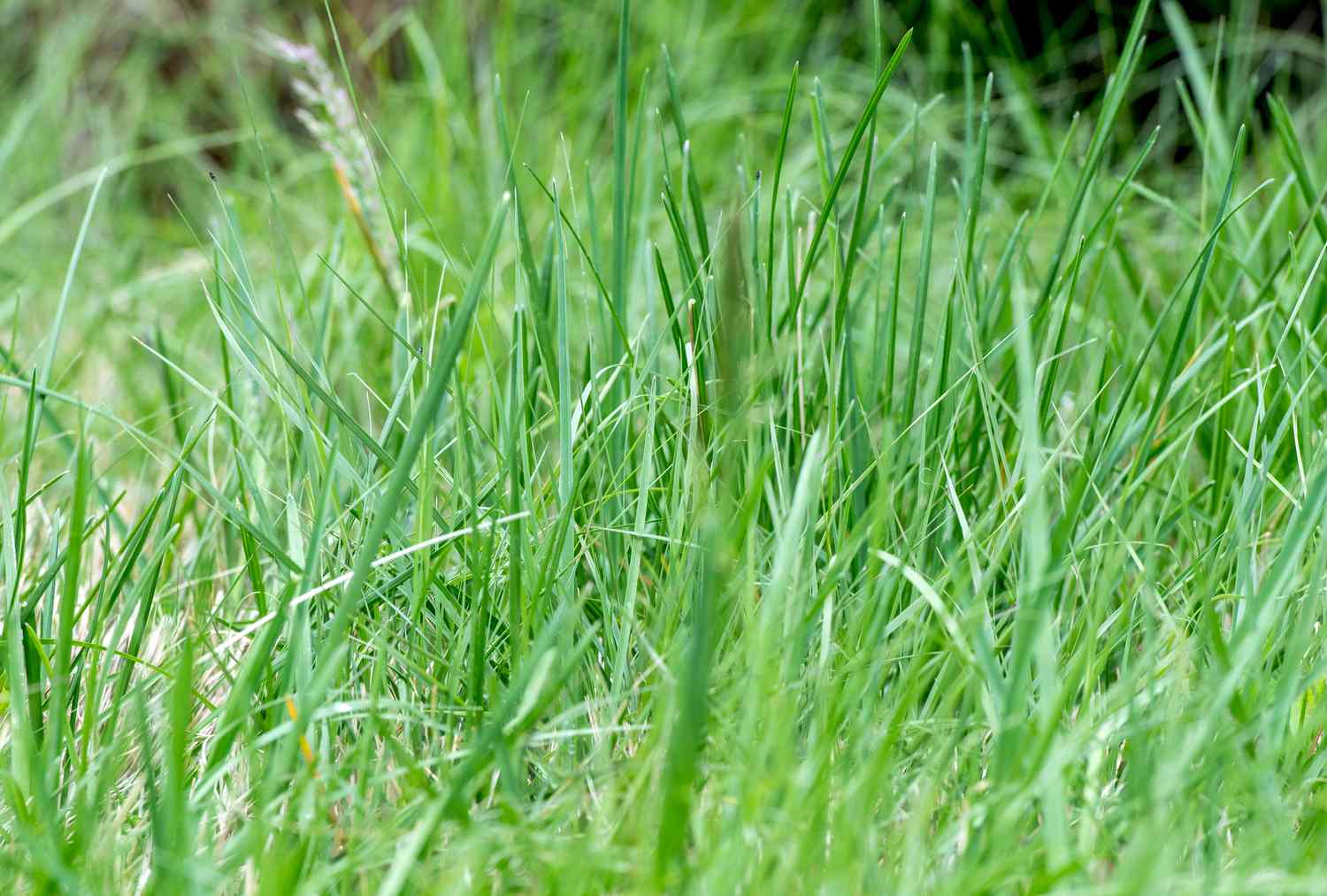
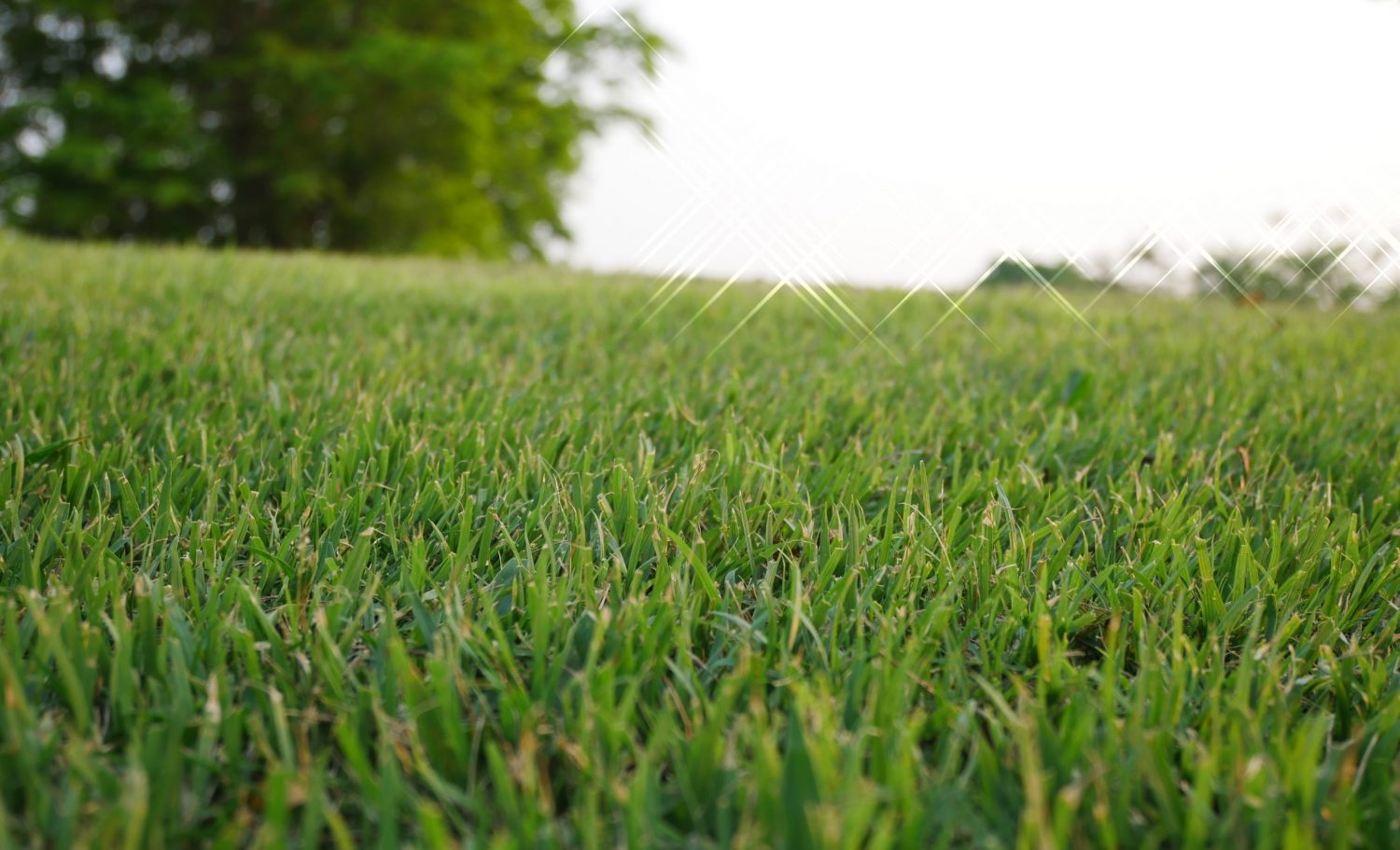
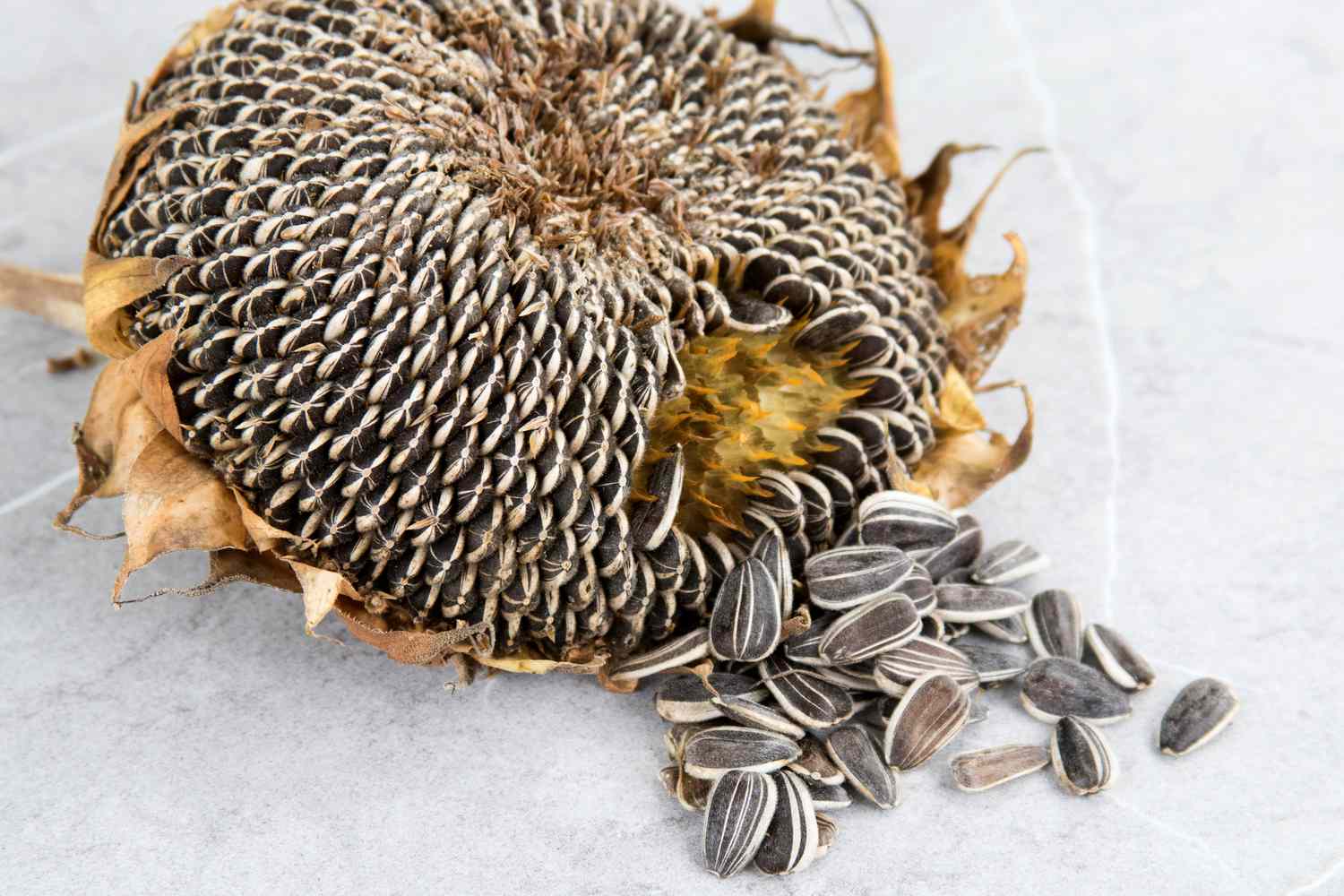
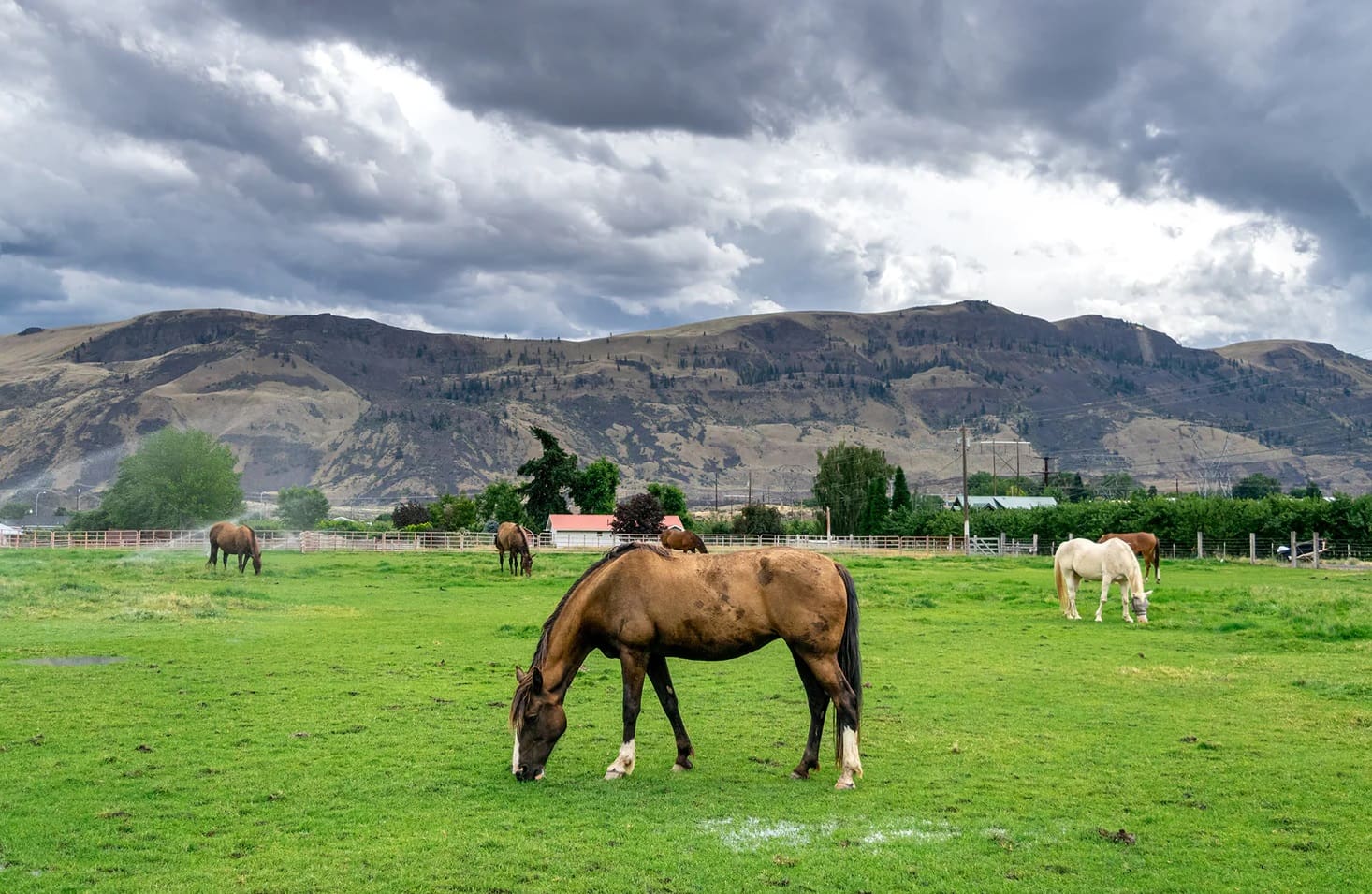
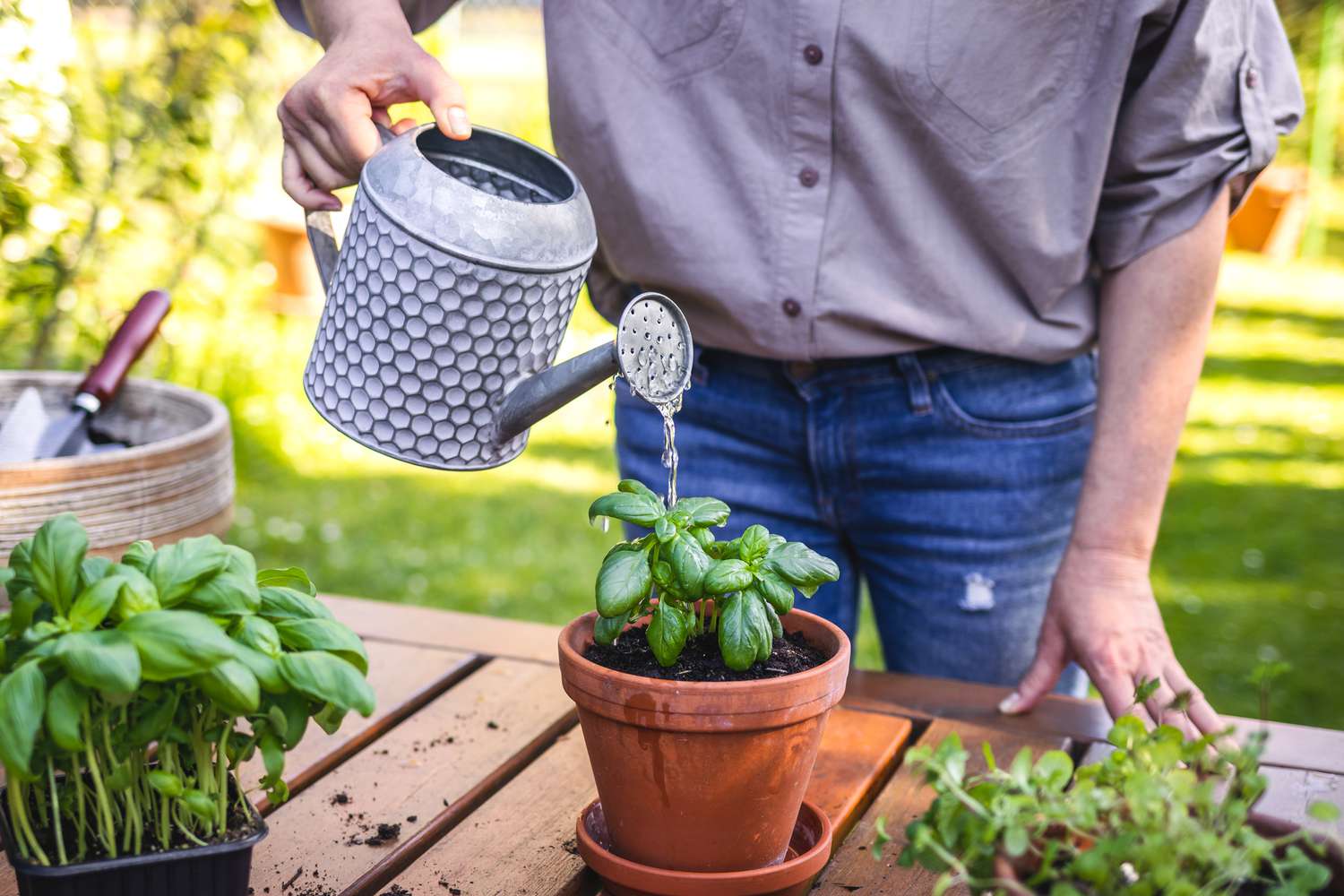

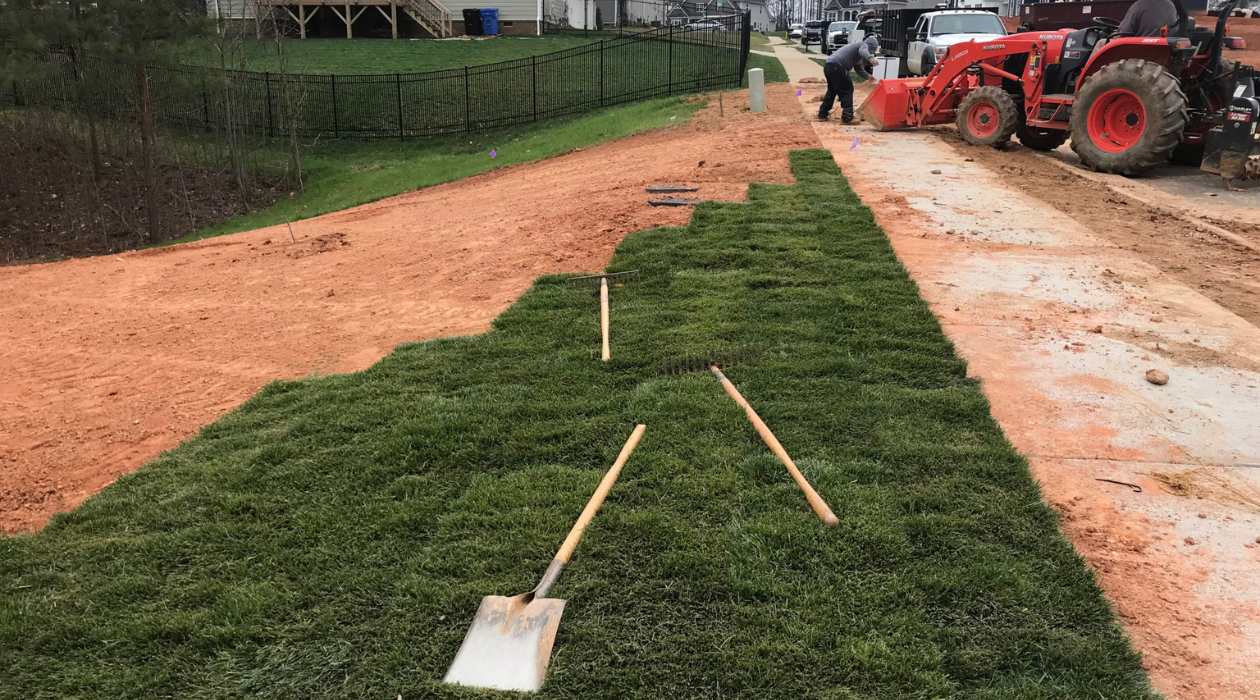
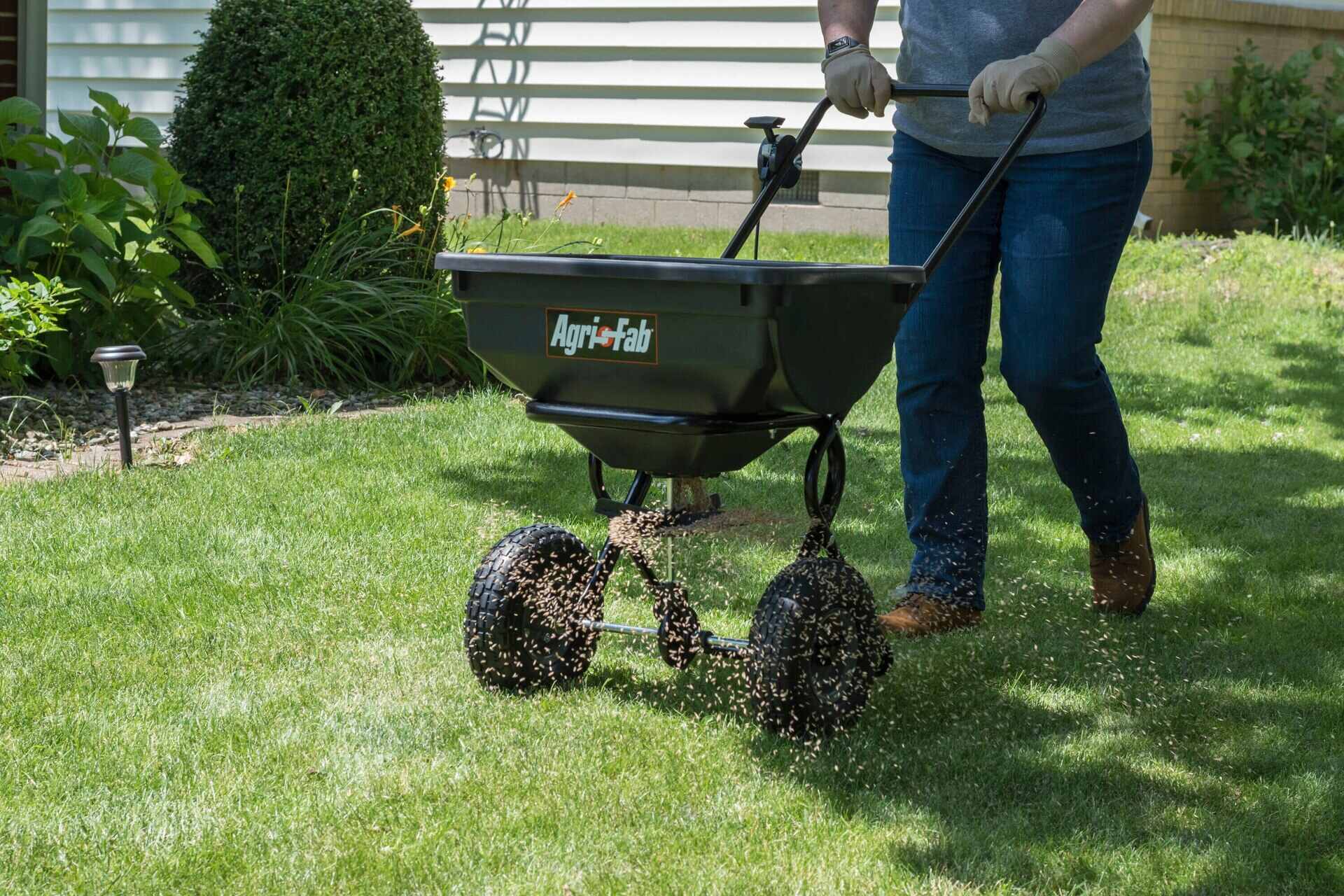
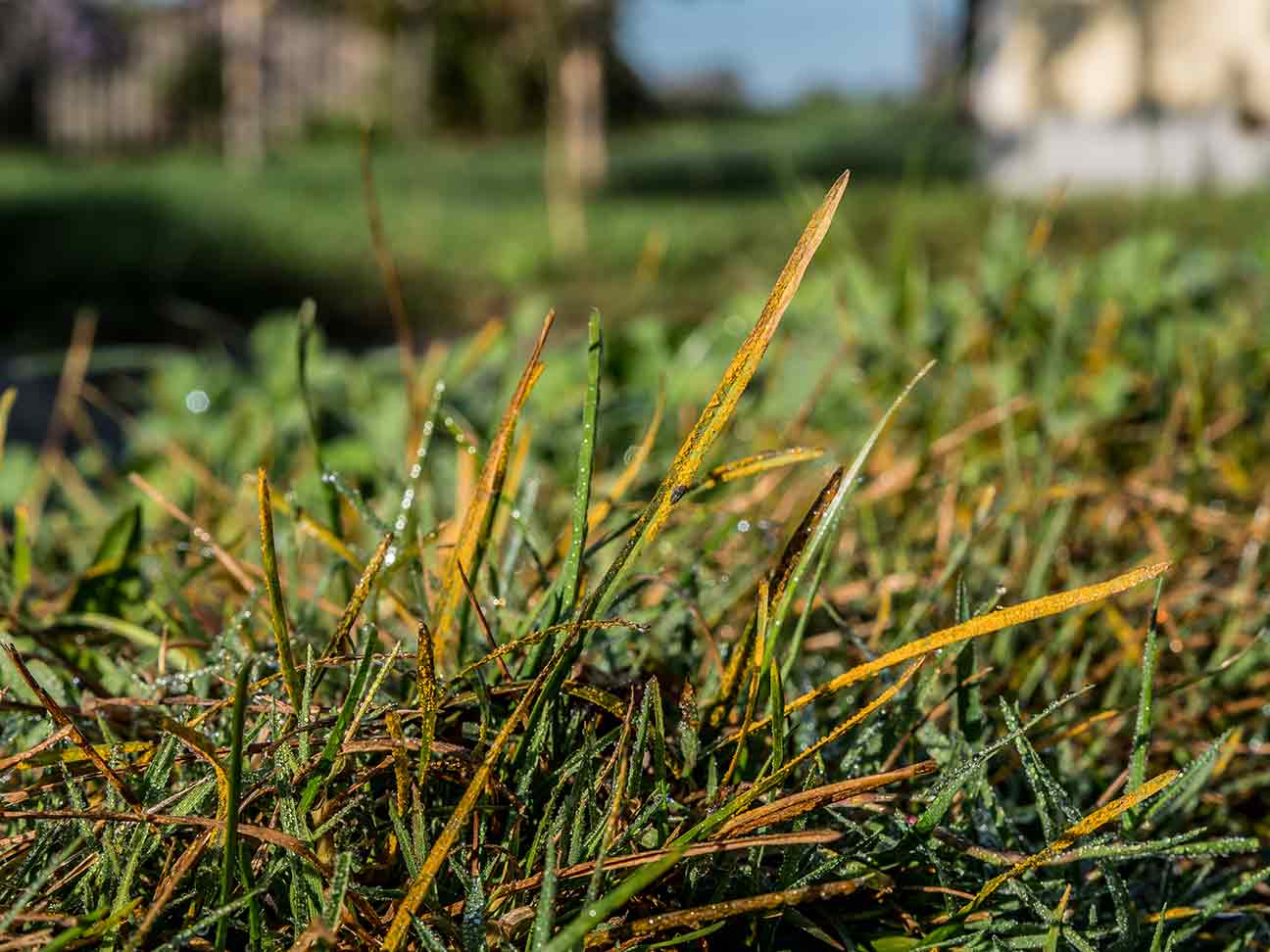
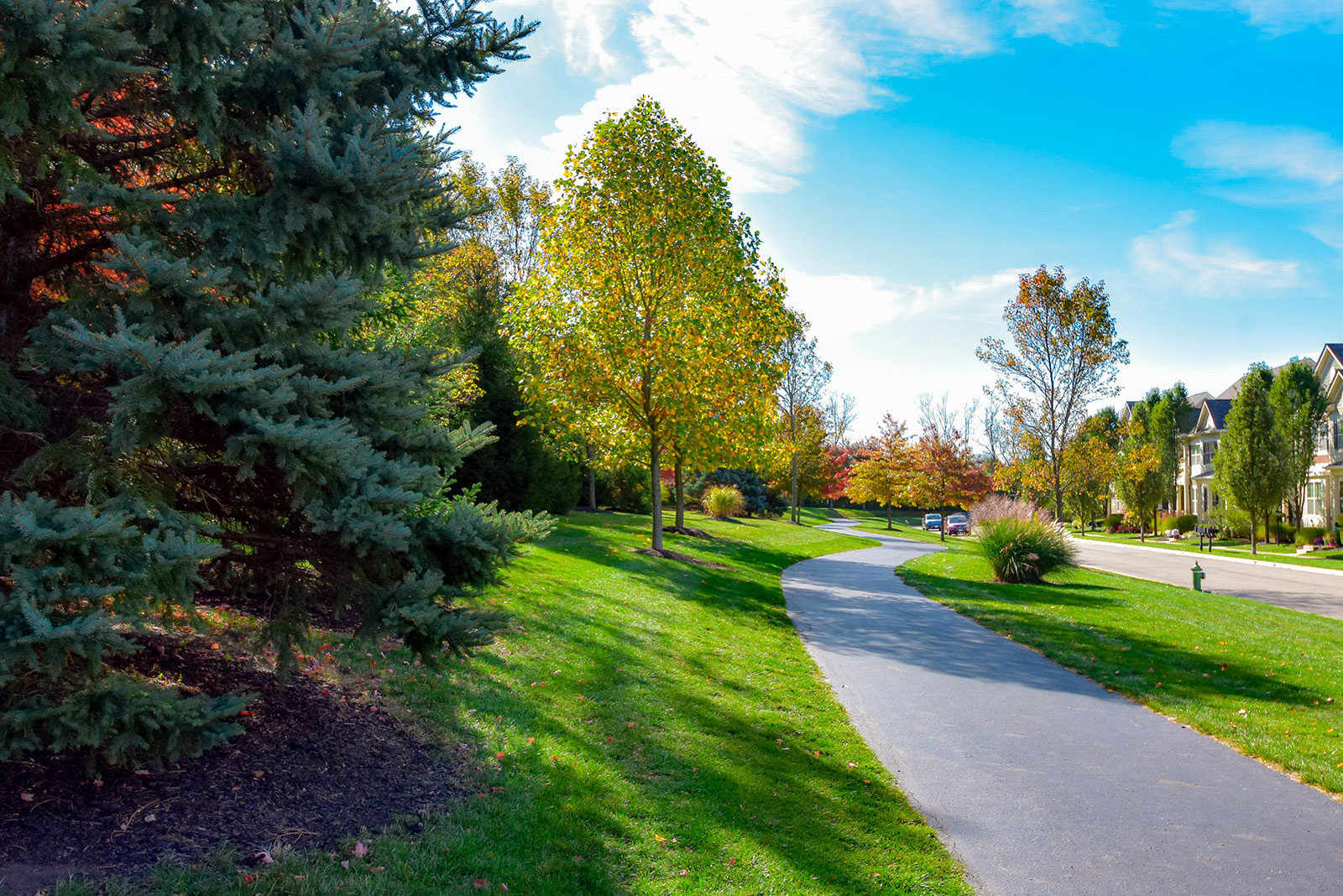
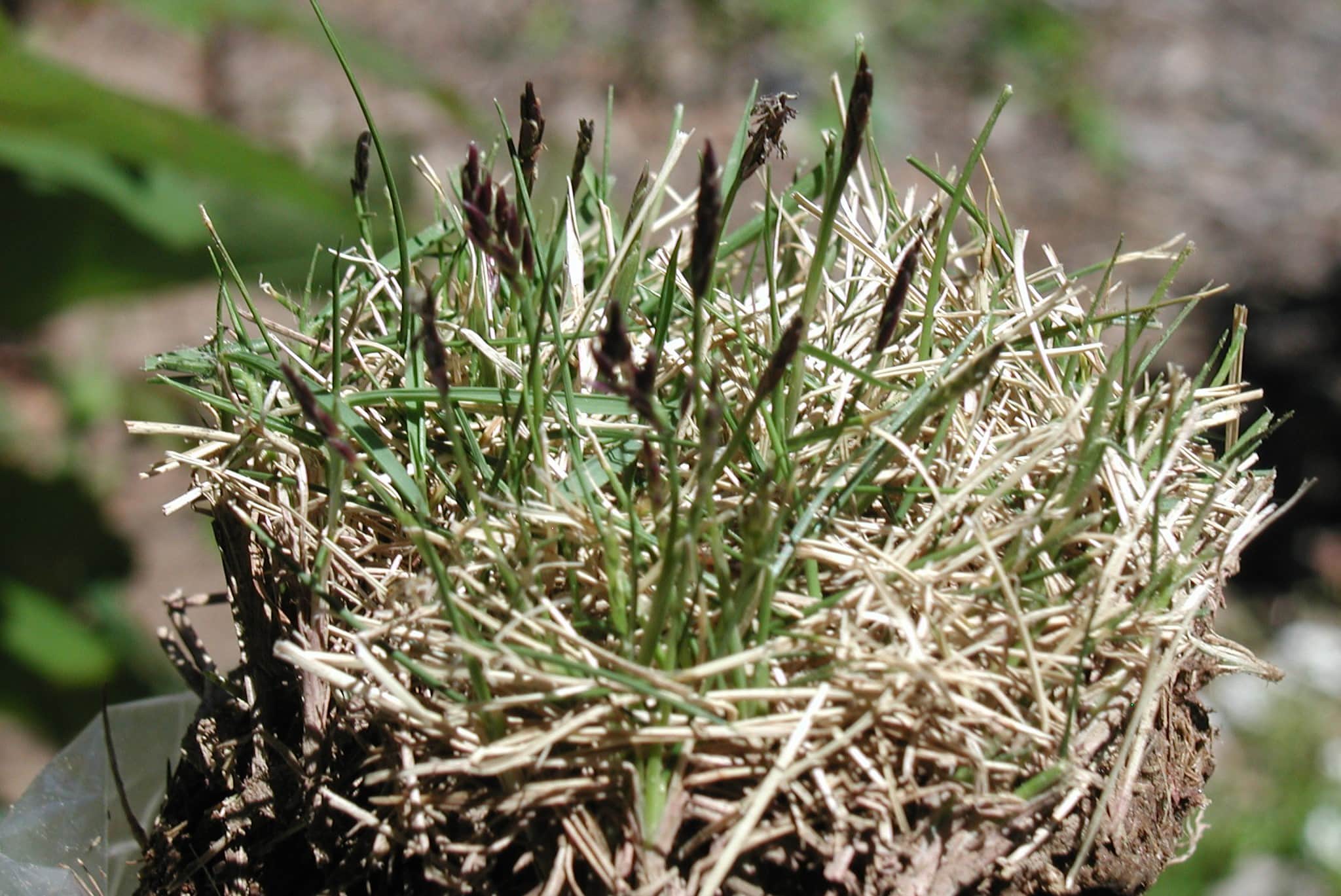
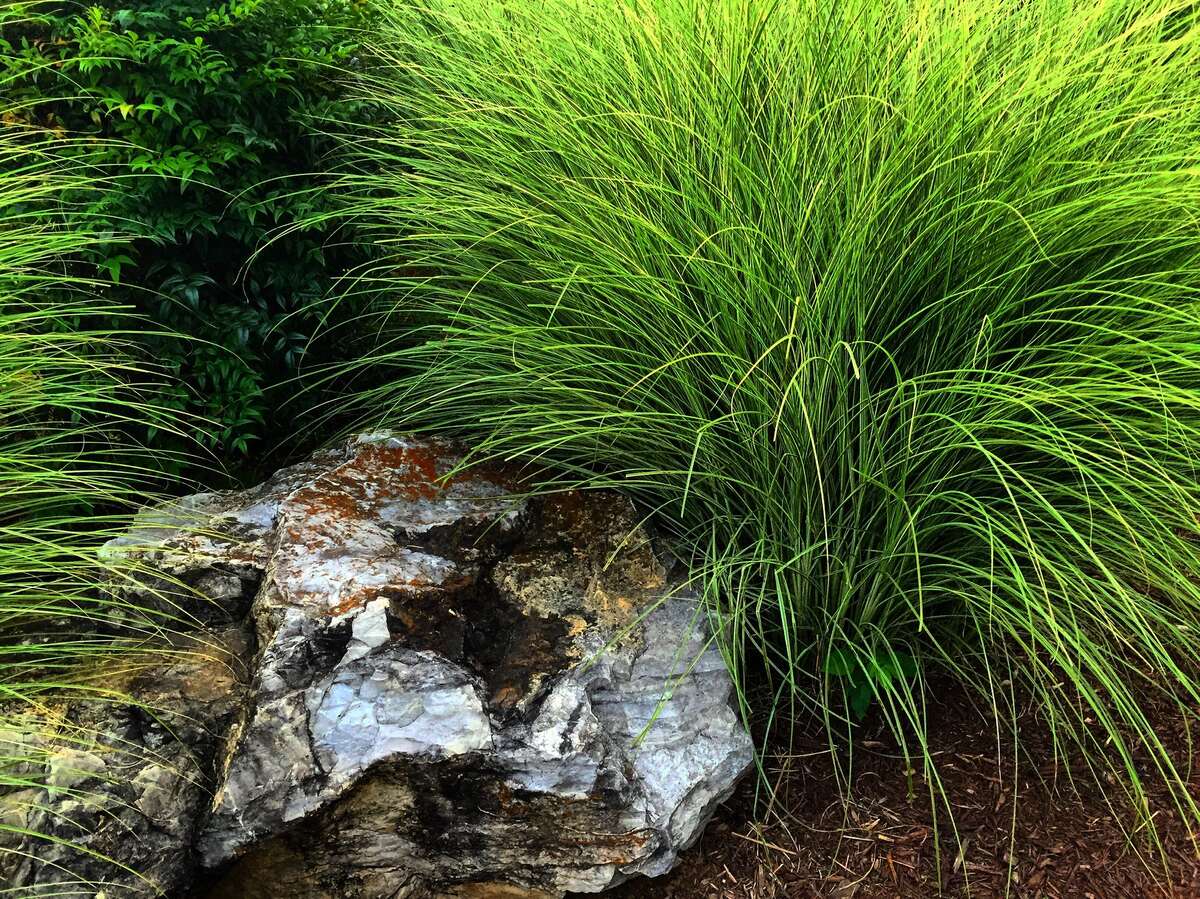
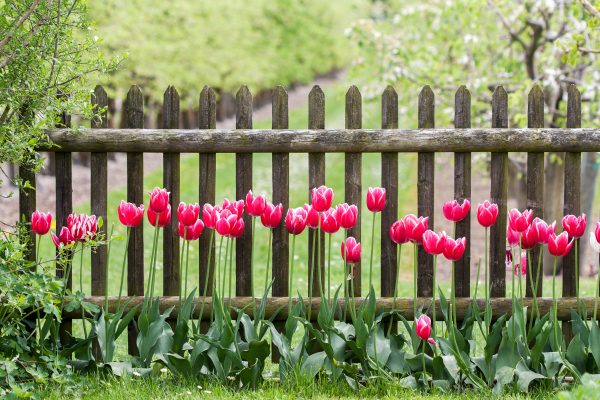
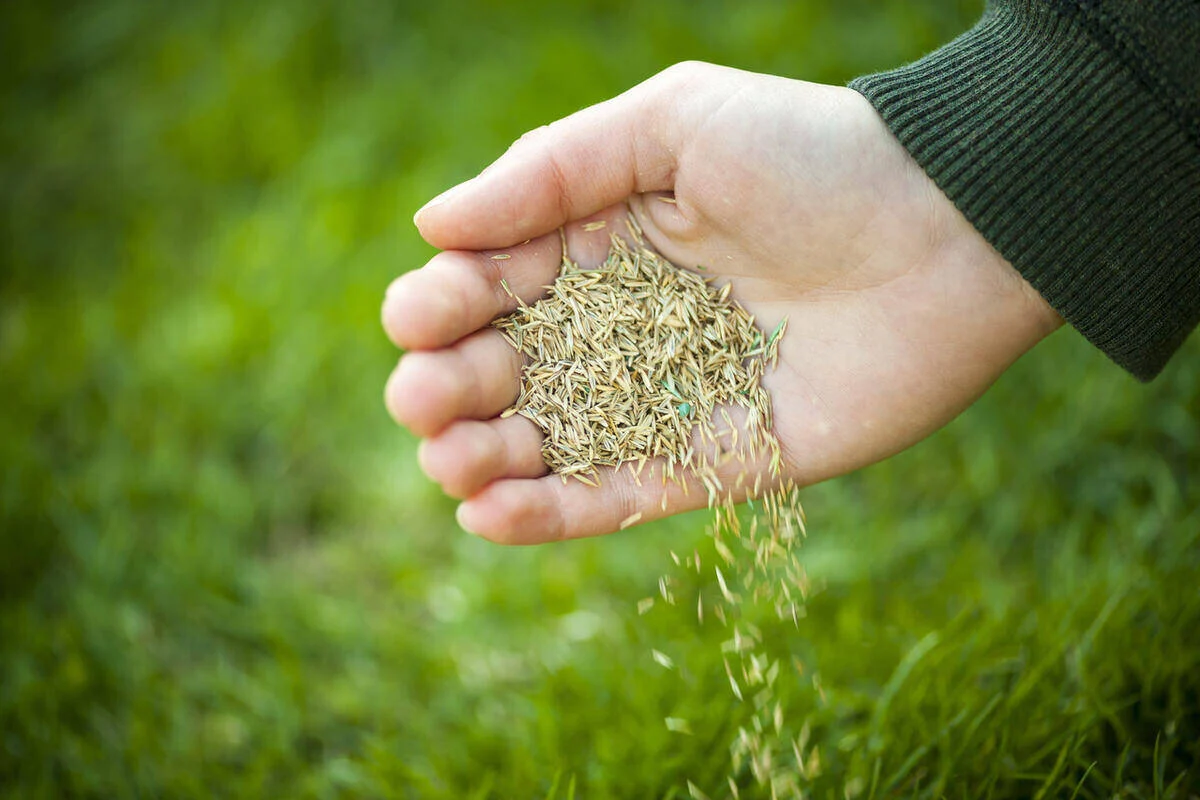


0 thoughts on “When Is The Best Time To Repot Outdoor Plants”